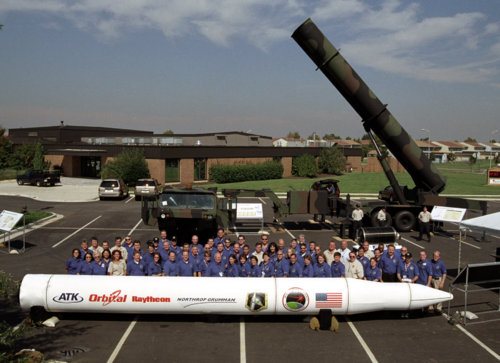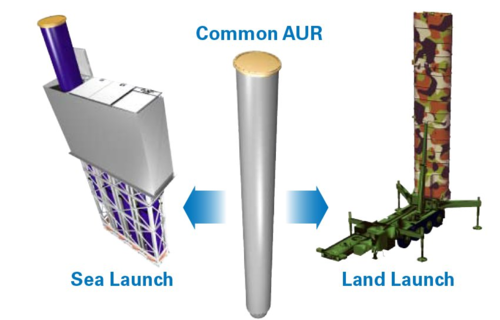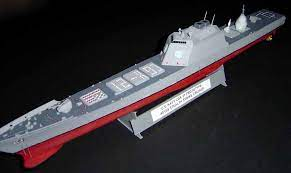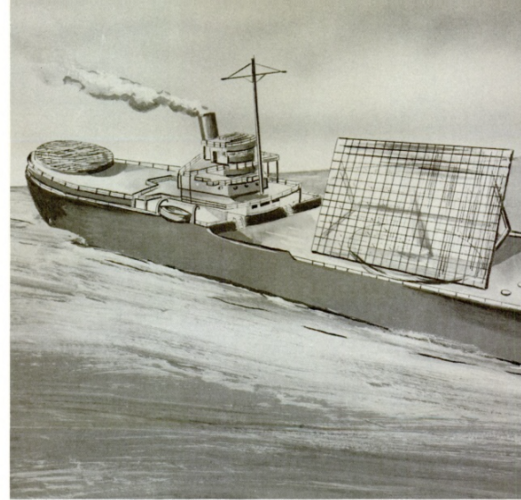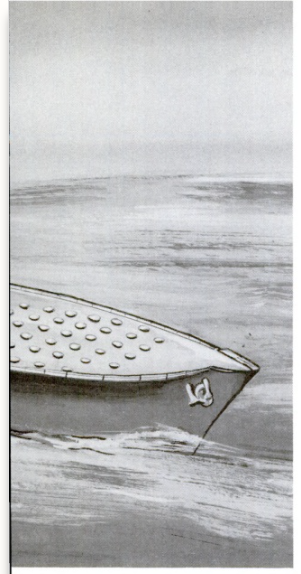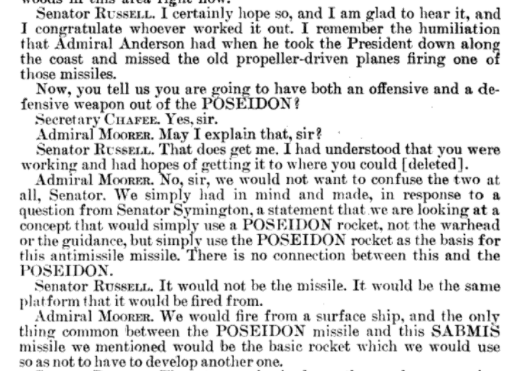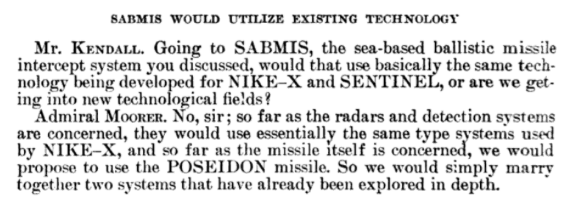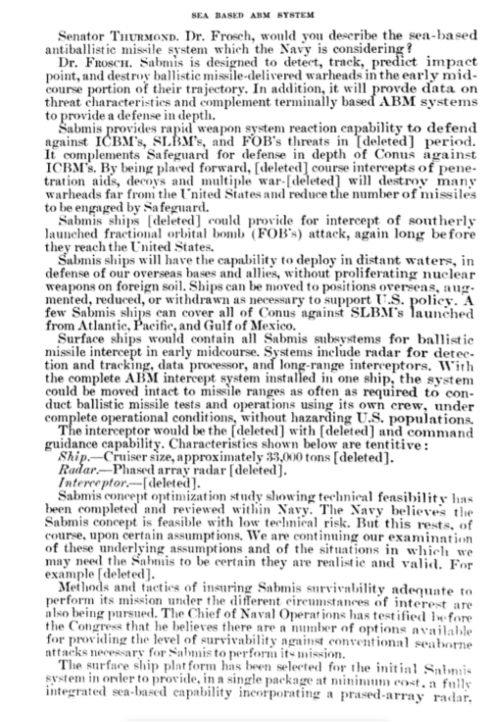- Joined
- 12 July 2008
- Messages
- 394
- Reaction score
- 145
It is very likely that both nuclear and dirt burning versions of this concept were studied at the same time, just as nuclear power and diesels were studied for land based hardened ABM sites.
This ship most likely would not have Mk95 radars as designed though, the launchers are the big boxes for BPDMS and it would surely have had the Mk 115 manned illuminators. I believe those are the objects found on the small bridge wing like protrusions seen in that artists concept of the ship.
Mk 95 came with NATO Sea Sparrow which only entered service in the later half of the 1970s. That is well after SABMIS would have needed to be in the water to compete with the SAFEGUARD ABM system, intended to counter a moderate scale attack from China. That was opposed to the full scale SENTINEL system which was to counter a full scale Soviet attack but using the same components.
I'm not sure if any ships ever got Mk 95 without also replacing the BPDMS box launchers with the NATO Sea Sparrow box. The smaller NATO launcher was much easier to reload and less weight.
This ship most likely would not have Mk95 radars as designed though, the launchers are the big boxes for BPDMS and it would surely have had the Mk 115 manned illuminators. I believe those are the objects found on the small bridge wing like protrusions seen in that artists concept of the ship.
Mk 95 came with NATO Sea Sparrow which only entered service in the later half of the 1970s. That is well after SABMIS would have needed to be in the water to compete with the SAFEGUARD ABM system, intended to counter a moderate scale attack from China. That was opposed to the full scale SENTINEL system which was to counter a full scale Soviet attack but using the same components.
I'm not sure if any ships ever got Mk 95 without also replacing the BPDMS box launchers with the NATO Sea Sparrow box. The smaller NATO launcher was much easier to reload and less weight.



